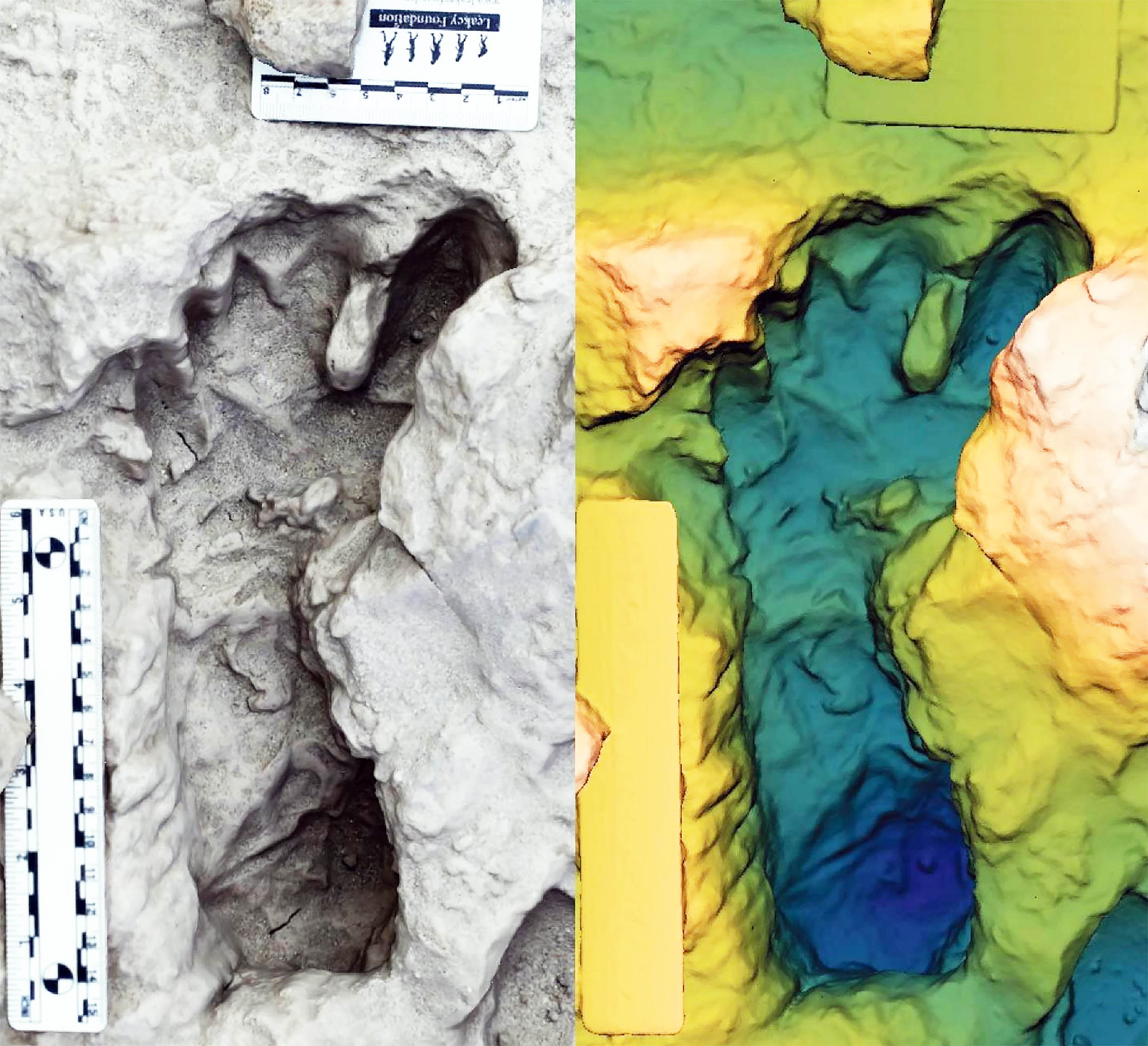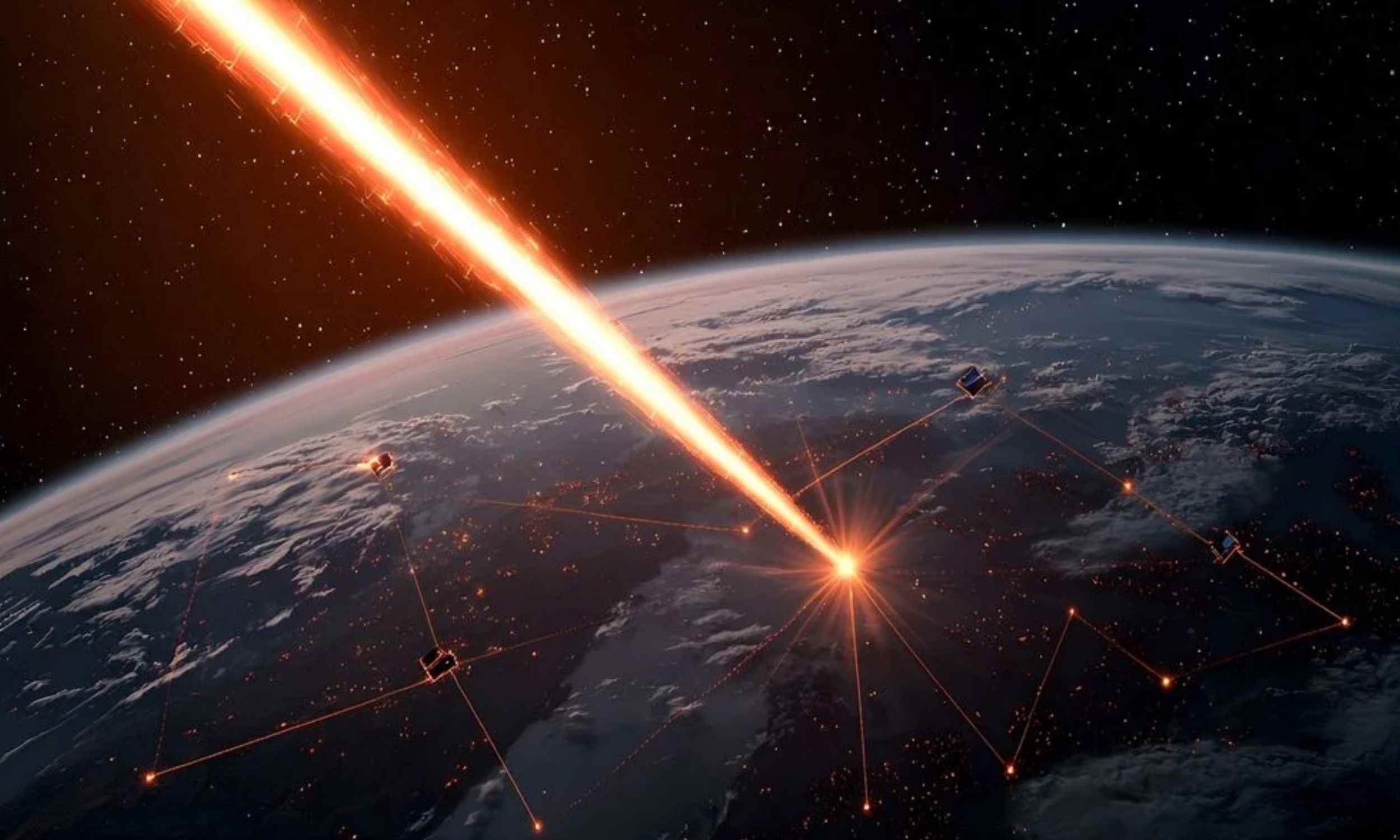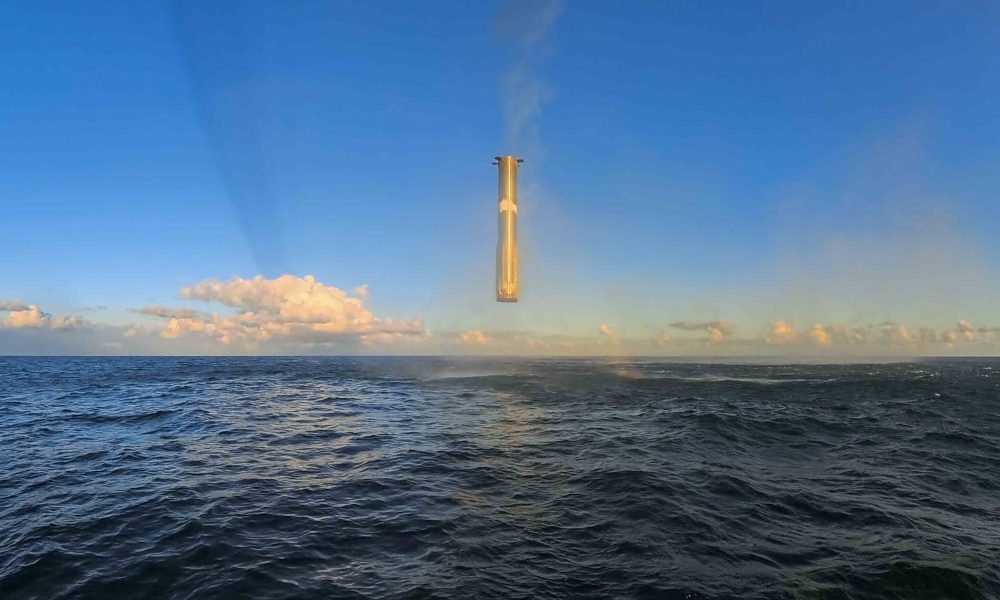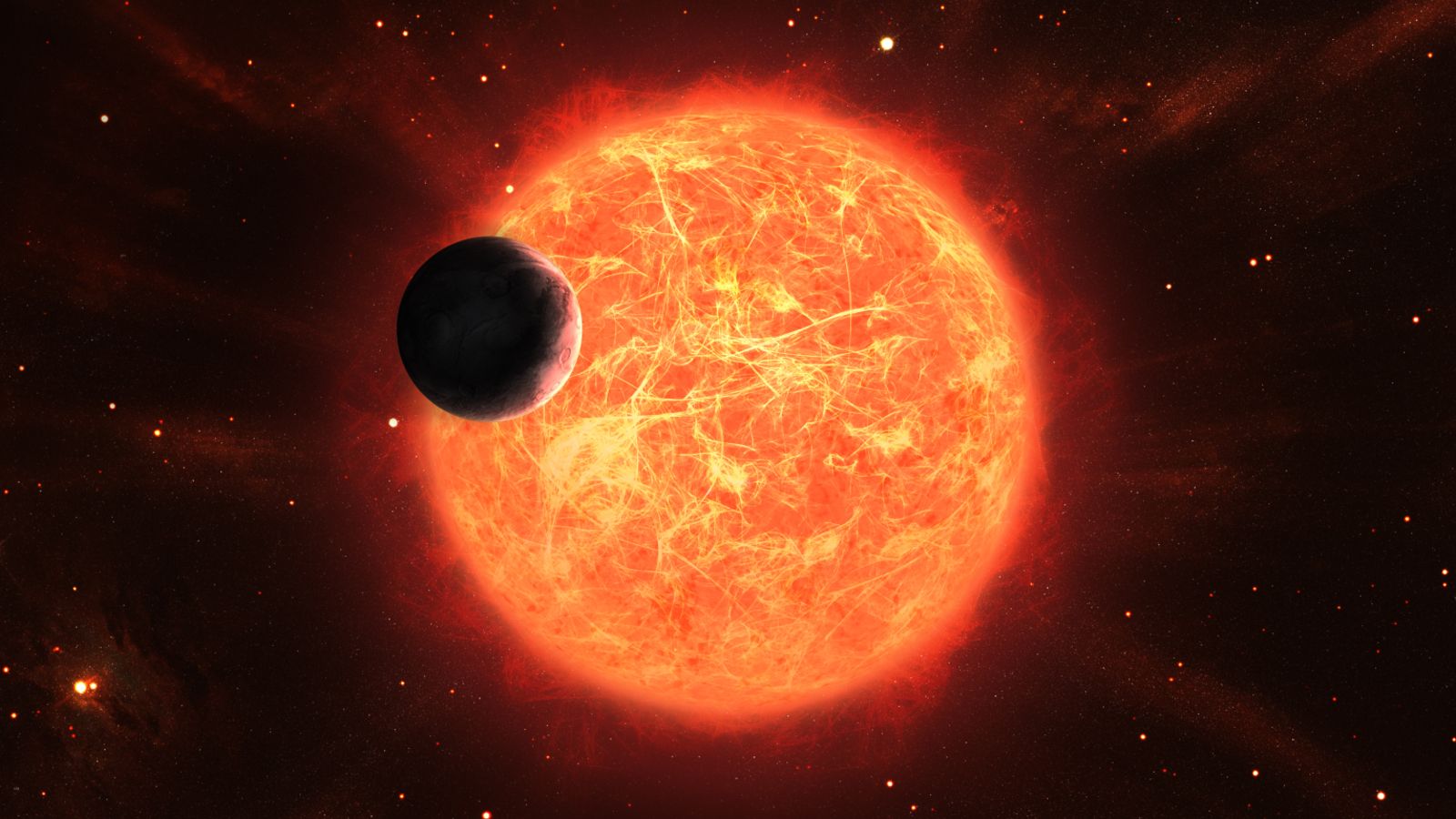Are Space Hurricanes the Next Global Threat? Shocking New Findings Revealed!

Extreme weather can wreak havoc on our lives, but did you know that storms aren’t just a problem on Earth? Enter space hurricanes, swirling whirlwinds of plasma that are just as ominous as they sound! Imagine a hurricane, but instead of rain and wind, it’s streams of energetic particles from the cosmos. Intrigued yet?
These celestial storms form when solar winds collide with Earth’s magnetic field in a highly specific dance, particularly when the interplanetary magnetic field (IMF) is facing north. This interaction funnels energy into our upper atmosphere, creating vortex-like structures that unleash plasma rain flowing along magnetic field lines to our polar regions.
But don’t let the cosmic charm fool you - many are left wondering: could these extraterrestrial phenomena pose any real danger to us down here on Earth? While they occur hundreds of kilometers above our heads and our atmosphere acts like a protective shield, there’s a catch. Space hurricanes can disrupt crucial infrastructure like satellites, GPS, and communications systems. Increased radiation and plasma density can lead to electrical issues for spacecraft, creating a ripple effect affecting our daily lives.
The real kicker? Scientists have discovered a troubling dent in Earth’s magnetic field known as the South Atlantic Anomaly (SAA), which spans a massive area from southwest Africa to South America. This dent isn’t just a minor inconvenience; it presents significant risks for satellites and other technology. NASA has been monitoring this anomaly since its discovery in 1958, and recent developments have shown it could leave us more vulnerable to space hurricanes and other cosmic events.
Our magnetic field acts like a protective bubble around the Earth, shielding us from the harmful charged particles emitted by the sun. However, the SAA allows these particles to dip closer to the surface than they should, leading to potential malfunctions in spacecraft and spikes in high-energy protons. As this dent continues to deepen, the threat from space hurricanes could become more pronounced, leaving us to wonder: are we prepared for this new frontier of weather phenomena?


























